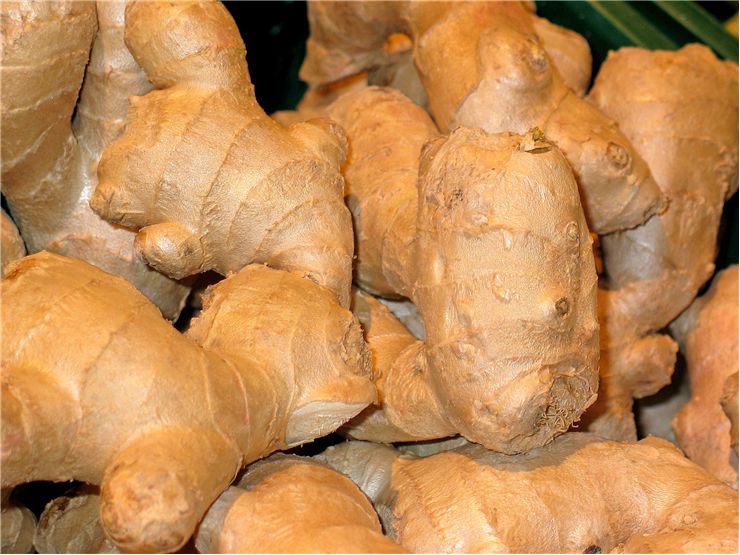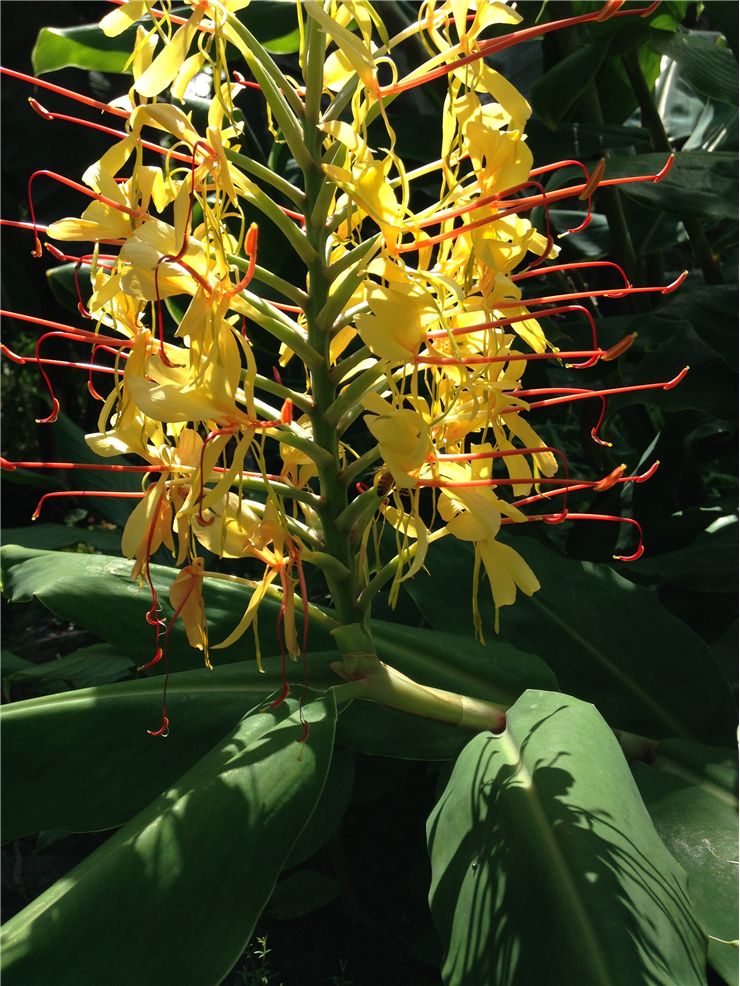Ginger History - Origin and Regional Uses of Ginger
Ginger (or more precisely ginger root) is a rhizome of a flowering plant with the same name – ginger. This root we use as a spice and as medicine since the ancient times.
Ginger first appeared in the southern parts of the ancient China. From there, it spread to India, Maluku Islands (so-called Spice Islands), rest of the Asia and West Africa. Europe saw ginger for the first time in the 1st century when the ancient Romans traded with the India. When the Rome fell, Europe forgot about ginger until Marco Polo brought it again from his travel to the East. In the Middle Ages, a price of a half a kilogram of ginger was the same as of one sheep. In the 15th century, with the rediscovery of the New World, Ginger was brought to the Caribbean where it started to grow with ease. Today, India is the greatest producer of ginger in the world.
Name “ginger” came a long way, but its root is in Sanskrit word “srngaveram” which means “horn body” and describes its root. While it grows, it has white and pink buds which bloom into yellow flowers. When the stalk withers, the rhizome is harvested and immediately scalded (which kills it) to prevent sprouting.

Ginger is used in many different ways and for various reasons. Its primary use is like a kitchen spice. When it is young, it is juicy and fleshy and often pickled in vinegar or sherry and eaten as a snack. Tea can be made from the pieces of the root which are steeped in the boiling water and mixed with honey. It can be even made into wine if it is fermented with raisins and mixed (fortified) with brandy. When left to mature, ginger is dry and can be made into a powder which is then used as a spice or as an ingredient in gingerbread, cookies, crackers and cakes, ginger ale, and ginger beer. Even candies can be made of ginger by mixing it with sugar and cooking it until soft. The result is candied or crystallized ginger.
Ginger is a very popular food ingredient in India. It is used in making thick gravies, in making pulse and lentil curries, and as a spice for tea and coffee (especially in colder months). Finely chopped or ground ginger is the main ingredient of a paste that is mixed with onions and garlic and added to chicken dishes in Bangladesh. Young ginger is used in Japan to make “gari”. It is thinly sliced ginger pickled in vinegar and sugar which is often eaten as a dessert or between different types of sushi so it would clean the palate and prepare mouth for a different taste. It is also used to prepare “beni shoga”, another type of pickled ginger. Malaysia, Philippines, and Indonesia are also fond of ginger in its savory form as well as in sweet.

But food is not the only role the ginger can play. Since the ancient times, it was used as a folk medicine. “Jamaica ginger” was for instance frequently used for dyspepsia, gastroparesis, slow motility symptoms, constipation, and colic. A mixture of ginger and a sweetener made from palm tree juice was used din Burma as a prevention from flu. Ginger was used in Japan to help the circulation of blood. Tangawisi juice, prepared in Congo is considered a cure-all. It is made of ginger and sap from a mango tree. Ginger made into a paste is used India to relieve a headache by placing it to the temples. in some localities, ginger is used as a short-term relief of pregnancy-related nausea and vomiting.

